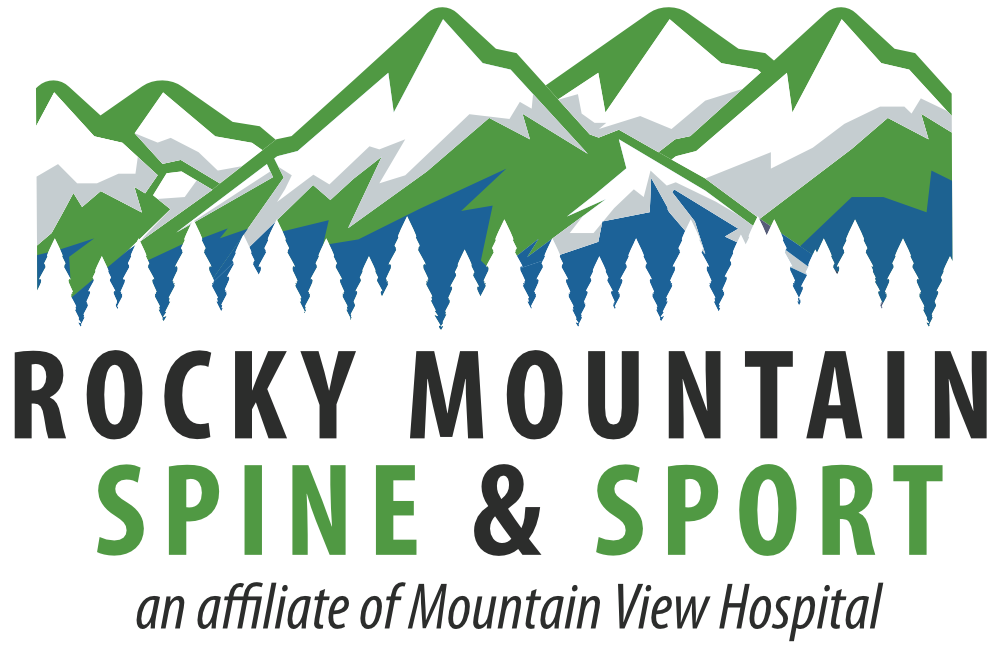Spine
The spine is the column of bones, discs, and ligaments to create structural support for the neck, upper back, and lower back. It is responsible for providing support to hold the head, support shoulders, and upper body. It allows you to stand straight and gives the ability to bend and twist. It is critical for protecting the spinal cord. The spine is made of three segments: the cervical region (neck) consisting of 7 vertebrae, the thoracic region (upper back) consisting of 12 vertebrae, and the lumbar region (lower back) consisting of 5 vertebrae.
Abnormal curvatures of the spine are also referred to as spinal deformity. These types of conditions include kyphosis of the thoracic spine (“hunchback”) and lordosis of the lumbar spine (“swayback”). Scoliosis is another type of spinal deformity. When viewing the spine from the front or back, scoliosis is a sideways curvature that makes the spine look more like an “S” or a “C” than a straight “I.”
The spine helps protect nerves from the spinal cord that are responsible for sensory and motor control. You can have pain/weakness in your arms and/or legs that can actually be related to nerve irritation/injury at the spinal level.
Because the spine is very complex, there could be a variety of reasons that could be contributing to pain and may require an extensive workup. The pain may be related to the spine itself (vertebrae, discs, facet joints, etc) or surrounding structures including nerves, muscles, and ligaments. Pain may also be related to inflammation, physical trauma, and/or general wear and tear. Our office can perform evaluations to determine the cause of discomfort and provide the appropriate treatment.
Here is a list of possible treatment options:
- Acupuncture
- Epidural Steroid Injection
- Facet Injections
- Medial Branch Blocks
- Perineural Injection
- Physical Therapy
- Radiofrequency Ablation
- Regenerative Injections (Prolotherapy, PRP, Stem Cell)
- Sacroiliac Joint (SIJ) Injections
- Spinal Cord Stimulator
This list is not all-inclusive.
